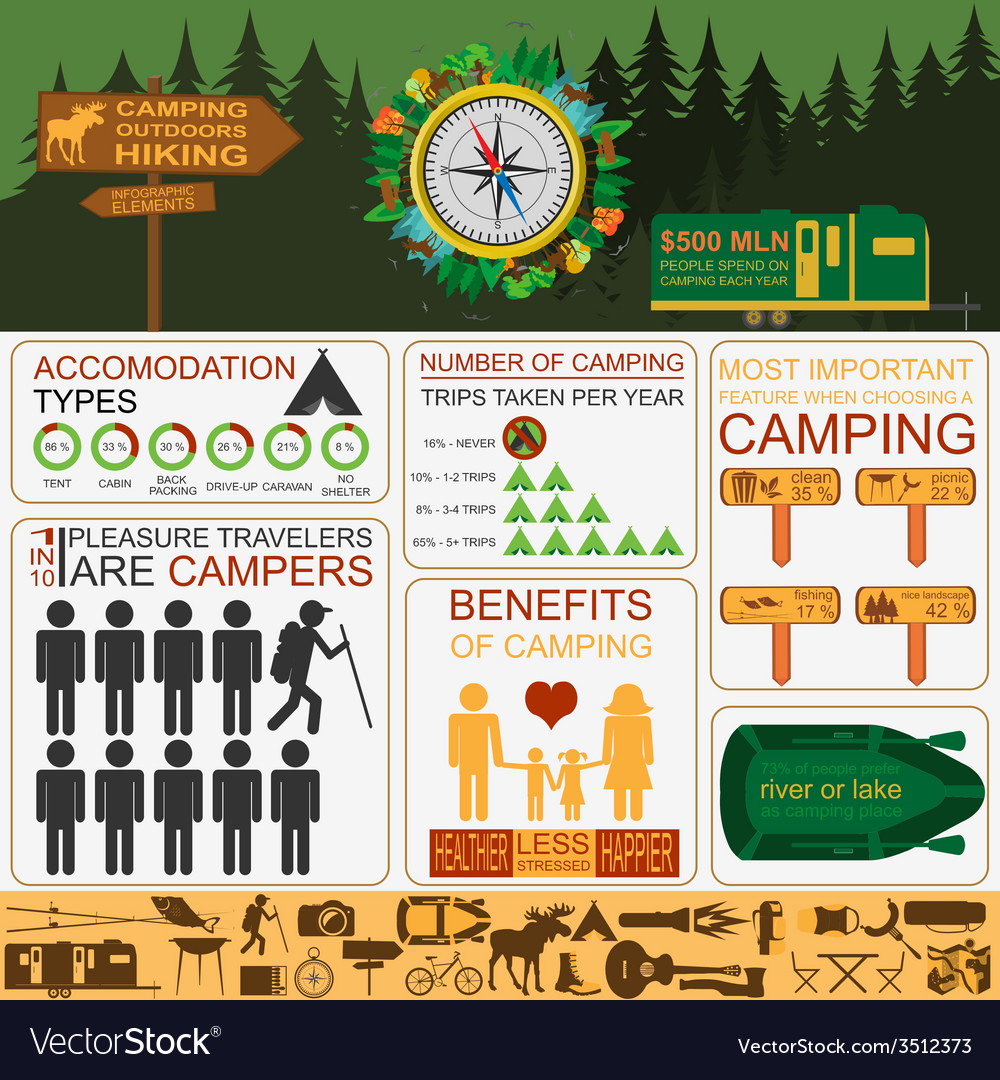While both offer strengths in various settings, it is necessary to identify which sort of insulation will finest serve your requirements. The insulation you choose effects heat, weight, water resistance, compressibility and price.
Down is harvested from waterfowl, commonly ducks or geese. It is prized for its lightness, easy compression and insulating buildings. Nonetheless, down becomes less effective when wet.
Warmth-to-Weight
A high warmth-to-weight ratio is desired in outside apparel and equipment. The insulating residential or commercial properties of down feathers make them an excellent alternative for this objective, as they are extremely cozy and light-weight.
Nonetheless, down loses its shielding abilities when it gets wet, implying it needs to be paired with a water resistant covering. Furthermore, some individuals dislike down, making artificial jackets a far better alternative for them.
Artificial insulations are commonly made from recycled polyester and created to resemble down's protecting residential properties. They are not as light-weight as down, yet they do not shed their protecting capabilities when they get wet and completely dry quicker than down. They are additionally a lot more affordable than down. Nonetheless, their life expectancy is much shorter than down, resulting in higher maintenance and substitute prices.
Water Resistance
The insulation you select for your work coat will make a big difference in just how comfy you feel outdoors. Nonetheless, the sort of insulation you choose likewise has considerable ramifications for your sustainability goals.
Down is an exceptional insulator for a variety of reasons. It's lightweight, compressible, and offers a good warmth-to-weight proportion. However, it doesn't prosper when it gets wet. Down clumps up and sheds its loft when damp, which can substantially decrease its capability to catch warmth.
Synthetic insulation materials, such as Thinsulate and Primaloft, stand up much better against wet conditions. They normally have a limited weave or chemical coating that keeps water from permeating the material. This enables the insulation to continue to be breathable, even if wet. It deserves keeping in mind that synthetics can likewise be unpleasant when wet, but they maintain their protecting homes.
Compressibility
While goose down does have an exceptional warmth-to-weight ratio, artificial insulation does in a similar way. However, unlike down which takes in and sheds its shielding capabilities when wet, artificial insulation does not. As a result, it can maintain its loft and catch cozy air in damp problems.
Typically manufactured from polyester sheets or collections that resemble down, the most typical artificial insulation brand names include PrimaLoft, FullRange, Thermoball and Patagonia's PlumaFill. While it still can not match down's loftiness and warmth-to-weight, artificial jackets are light-weight, fast to completely dry and less expensive than down. This makes artificial jackets excellent for wet settings, or if you're prone to sweating greatly. Artificial coats are likewise less fragile than down and can lose. This resilience extends to their face textiles which are normally thicker and more long lasting than down.
Toughness
A major factor to consider in sustainability is a material's long life and toughness. Natural materials like cork, ThermaCork expanded cork and Havelock woollen last longer than synthetic choices like fiberglass and waterproofing vinyl. They additionally call for less maintenance and can hold up against severe ecological problems.
However, natural insulation does not perform also when damp as synthetic choices. Wool and fleece glob with each other when damp, compromising their capability to catch heat. Synthetic insulation, on the other hand, does not absorb wetness and remains to shield also when soaked.
This makes synthetic insulation ideal for wet environments and strenuous activities where you may sweat greatly. It's also much easier to wash and dries out faster than down. This included sturdiness and integrity make synthetic insulation a general champion in this category. This equates to sturdy shielded work boots that last long and keep you warm with demanding atmospheres.
Sustainability
All-natural products offer biodegradability and a smaller ecological impact, while artificial alternatives brag resilience and ingenious applications that sustain power effectiveness. Nonetheless, it's important to comprehend real ecological influence of these insulation products from cradle-to-grave.
For instance, if an all-natural insulation material has to travel a cross country from its source to the structure site, transportation-related exhausts enhance its total carbon footprint. Picking locally sourced and reused products lowers that impact. And, going with GREENGUARD and Cradle to Cradle qualifications guarantees that insulation is devoid of unpredictable organic compounds (VOCs) and sustains accountable sourcing and labor problems.
Sheep's woollen and cork are eco-friendly insulation sources that are gathered without harming the tree or plant. Both have actually the added advantage of being normally immune to mold, bugs and wetness.
